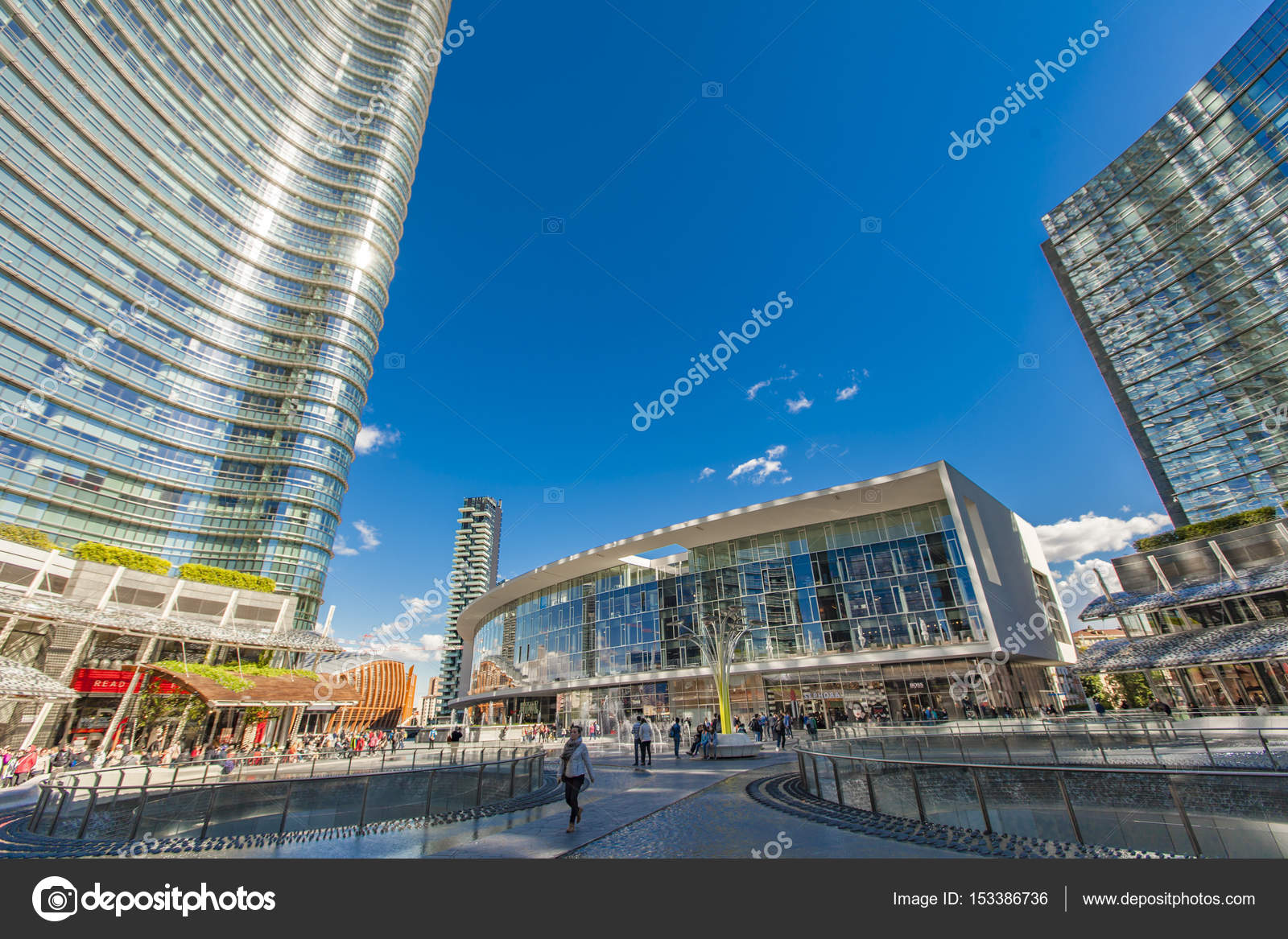

It is a space dedicated above all to offices, which will be officially active starting from 2023. Inside, the Superlab will be rented out to several tenants, of which the first has already signed on. In doing so, together with other cutting-edge devices, the building has managed to acquire the Leed Gold certification for its high energy performance and the ecological quality of its interiors. Speaking of wood, everything has been studied with eco-sustainability and the protection of our planet in mind, and this is why there are plants and trees in many rooms, which, as if to pierce the ceiling, reach up to the terrace designed to eliminate the heat island effect as much as possible.Īlways with the ideal of eco-sustainability firmly in mind, the architects thought of equipping the structure with solar panels and a rainwater recovery system. Within the structure are numerous large and spacious open spaces, exuding the original concrete, which has been combined with modern birch cladding and noteworthy lighting. The decision to leave the metal skeleton exposed is interesting, an architectural solution that you don’t dare see very often in Italy, but this was necessary to reuse the iron of the Breda district as much as possible. In the words of real estate advisor Giorgio Fischer, who contributed to the success of the project, “the interior spaces are versatile and reconfigurable, and everything has been designed to work together on a single level”. The facade was in fact made with transparent recycled silicone rubber and glass, an idea of the Balance architecture studio that has even been filed as a patent. In fact, we thought of putting it inside a large glass case, enhancing it with colors and elements of various types”. The materials used immediately stand out: the choice of iron, rubber and glass, in fact, is not exactly a coincidence, as they were precisely the materials produced in the area by Breda, Pirelli and VetroBalsamo.īalance co-founder Jacopo Bracco expressed a decidedly positive opinion on the project, as “after removing the very heavy coating, a beautiful skeleton emerged which we decided to enhance, like an industrial archeology find. It is in fact a building only three floors high but 100 meters long, built at the end of an intervention costing no less than 15 million euros, designed by the Turin-based studio Balance Architettura. Yes, because in the heart of the Lombard capital, in the former Breda offices on viale Sarca, in the Bicocca area, Superlab was inaugurated, which with its particular shape is the first horizontal skyscraper in the city.

With a huge redevelopment of an area of 6500 square meters, Milan is once again ready to amaze.


 0 kommentar(er)
0 kommentar(er)
